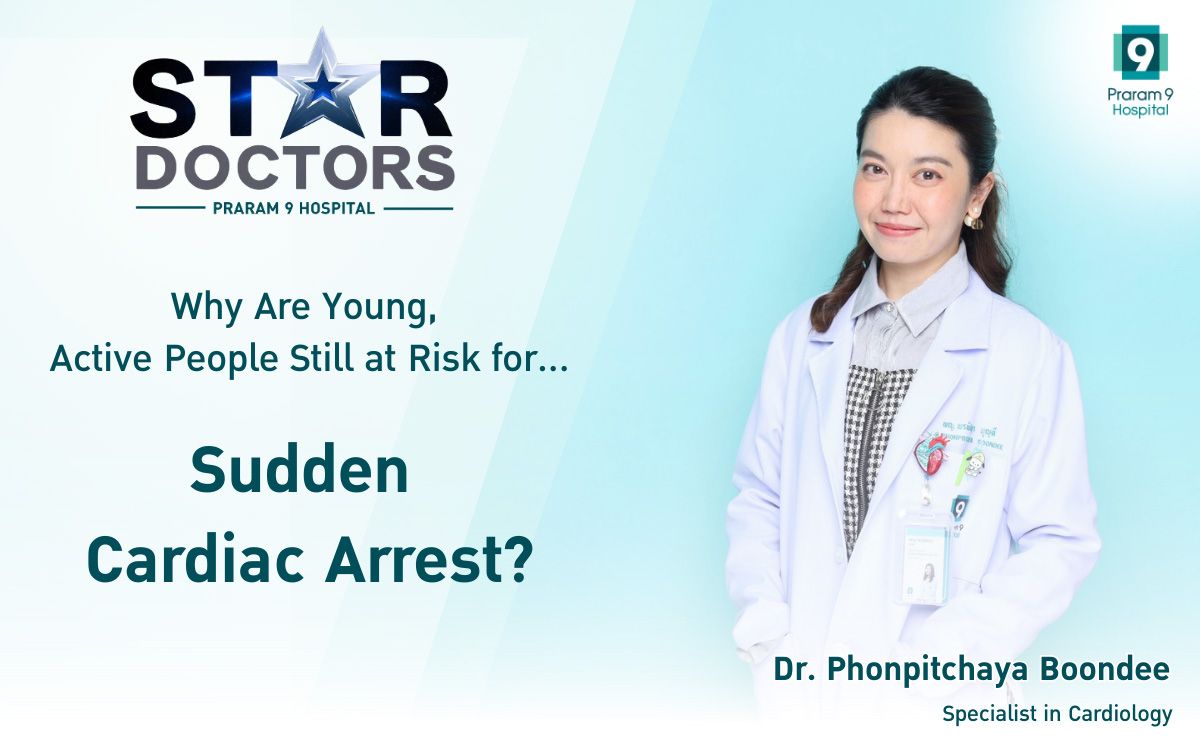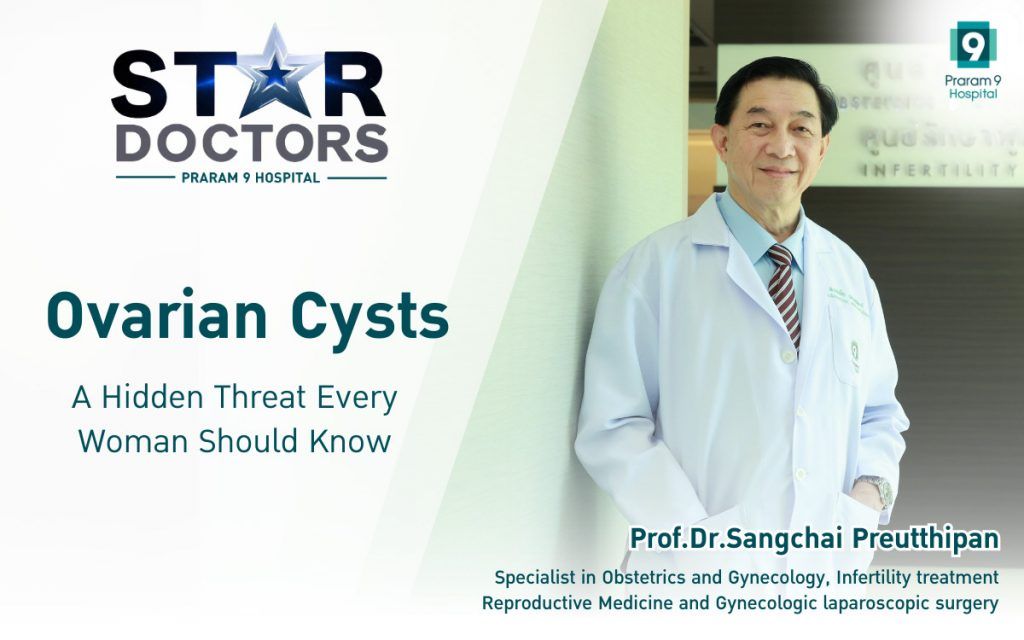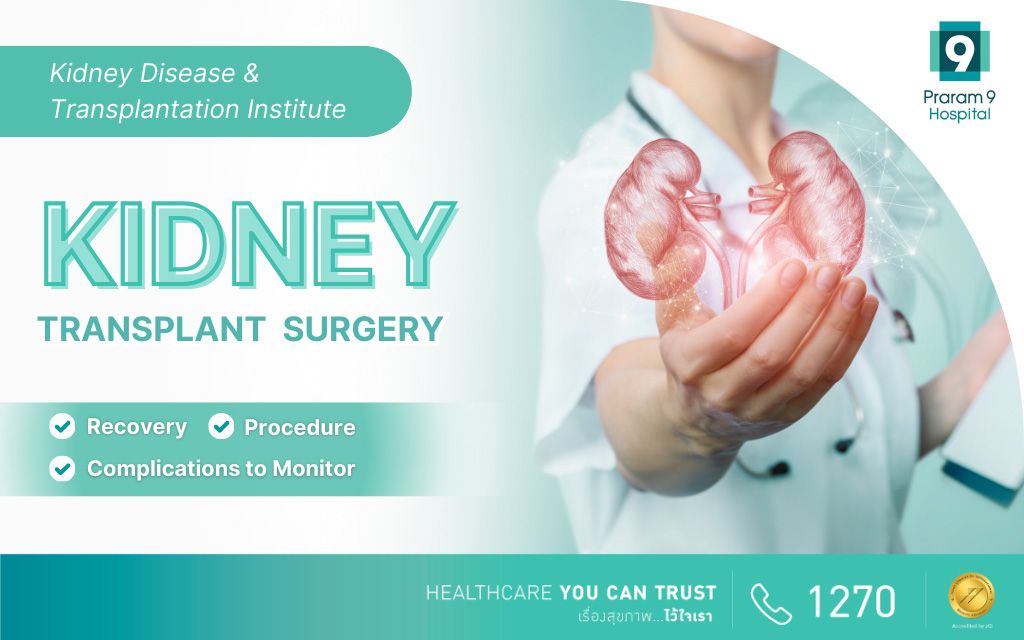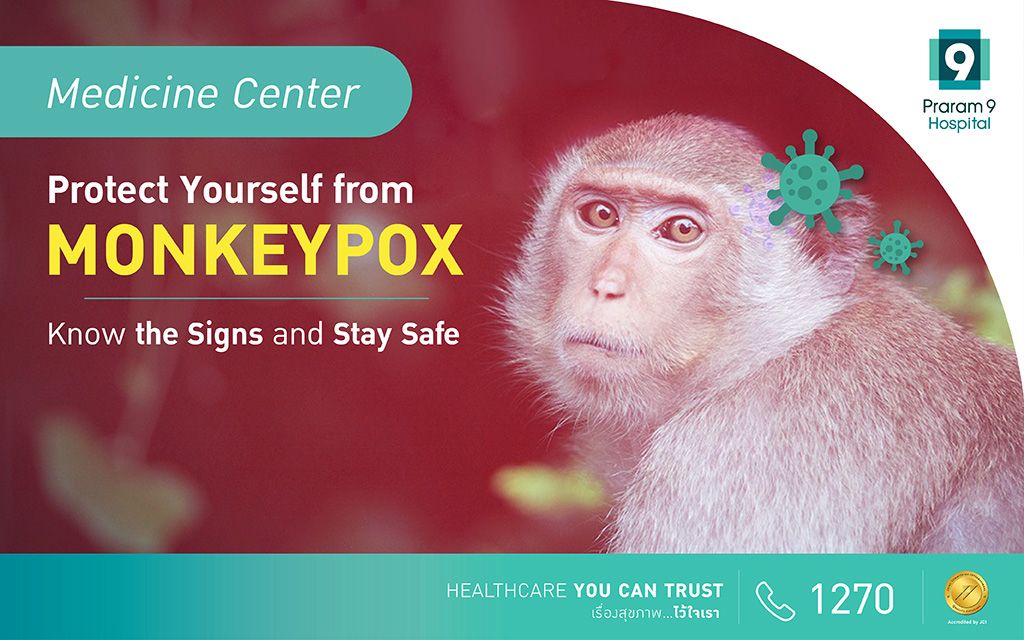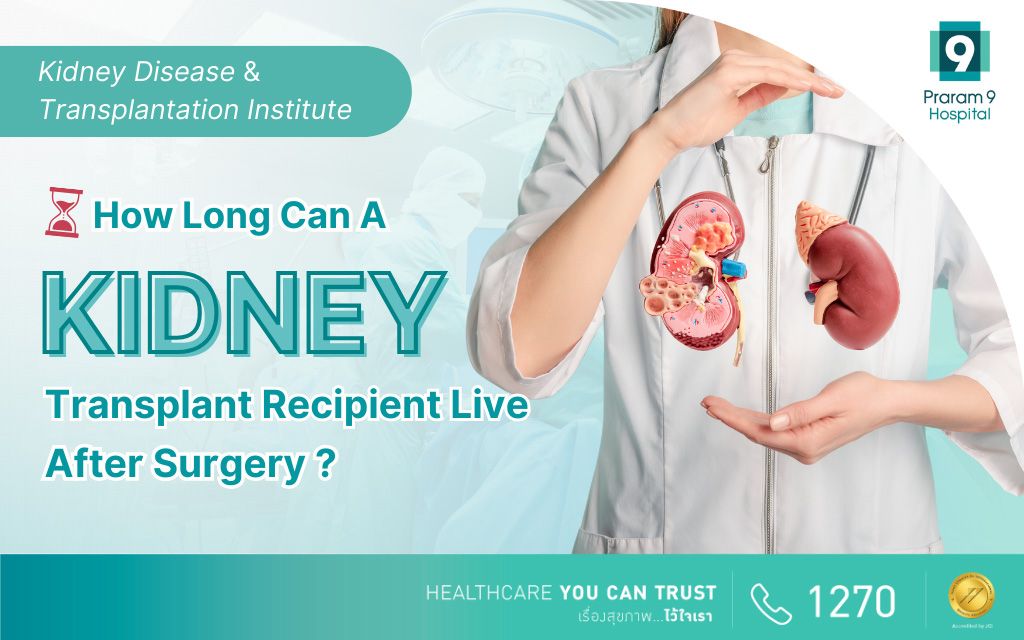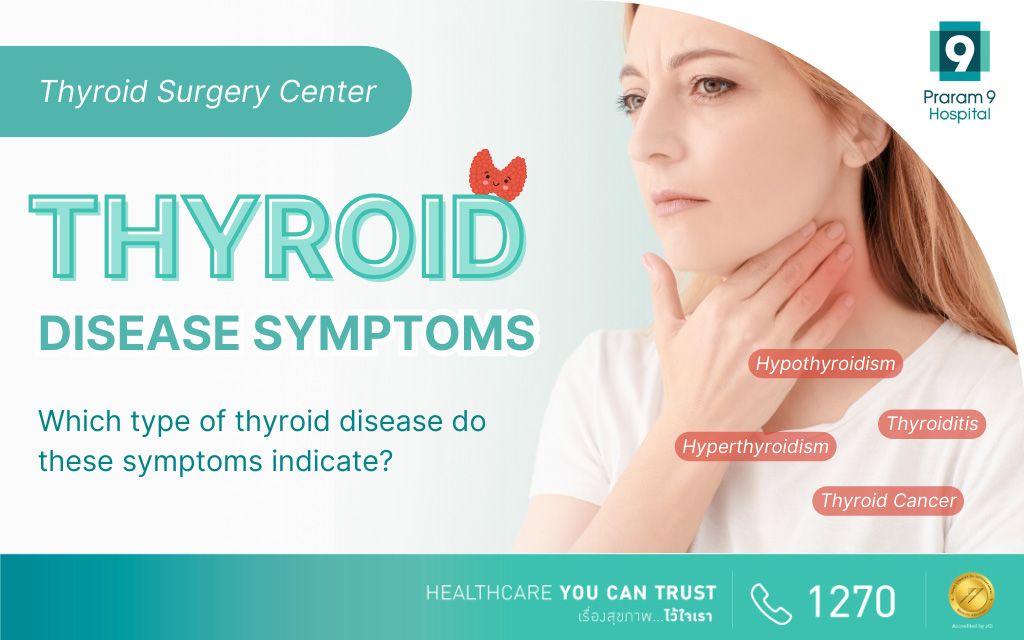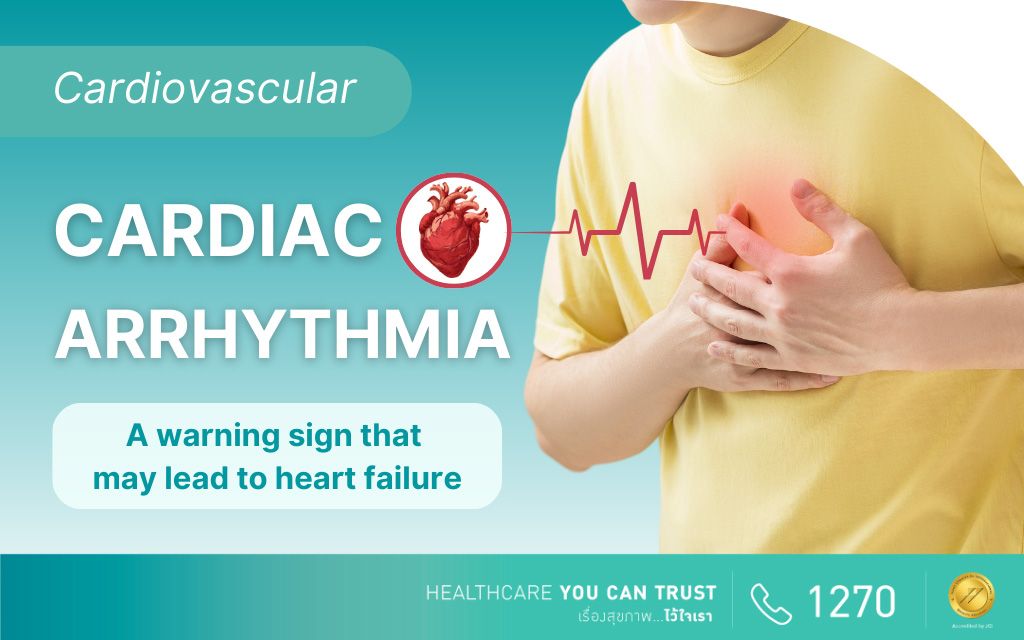Health Articles
Knowledge
Snoring can stop your heart.

Snoring can stop your heart.
How is obesity, snoring and heart disease related to each other?
Sleep apnea, snoring when sleeping, usually mean the state of low oxygen level in blood stream and high in carbon dioxide during the period of momentary pause of breathing when you are asleep. Snoring does not always mean sleep apnea. Aside from this, the state in which the body stop breathing momentary when asleep does not only occur in obese person but can also occur in normal weight individual as well. Therefore, sleep apnea needs to be diagnosed properly by usually proper equipment for sleep study to test for any sign of abnormality of the heart.
Sleep apnea will cause the body to experience high blood pressure in the arteries in the lung and throughout the body. The heart will contract that will affect the ability to pump blood around the body so as a result the level of oxygen and carbon dioxide transporting around the body is low and high respectively. In the early stage of sleep apnea, the body symptom will occur at night when sleeping, however if this continue, the symptom can occur during the day as well. The affected patient will not be able to gain deep sleep and will feel sleepy during the day. The heart can beat slower and in severe case, the heart can stop beating for 2 – 13 seconds. This can result in the individual feeling dizzy to fainting. Sleep apnea can also result in states of heart block, heart beat accelerated, abnormal heartbeat, premature atrial contraction, premature ventricular contraction, atrial fibrillation and ventricular tachycardia that in some cases can lead to death.
Heart abnormality that relate to obesity includes:
- The muscle of the heart is thicker than normal, the pumping ability of the heart is reduced and heart failure.
- High blood pressure, unusual heart contraction, arrhythmia and coronary artery disease
- Cholesterol
- Hypoventilation
Methods of treatments
- Improve sleeping habit such as proper sleeping routine and prepare your body before sleeping by doing activities that is soothing and helping you to feel calm.
- Watch your weight and exercises
- Avoid sleeping flat on your back
- Eliminate alcoholic drink, smoking and sleeping medication.
- Use CPAP (continuous positive airway pressure) an equipment that help regulate air pressure for sleeping
- Oral appliances that help to increase breathing airway
- Surgery
More Informations: Praram 9 Cardiovascular Institute


